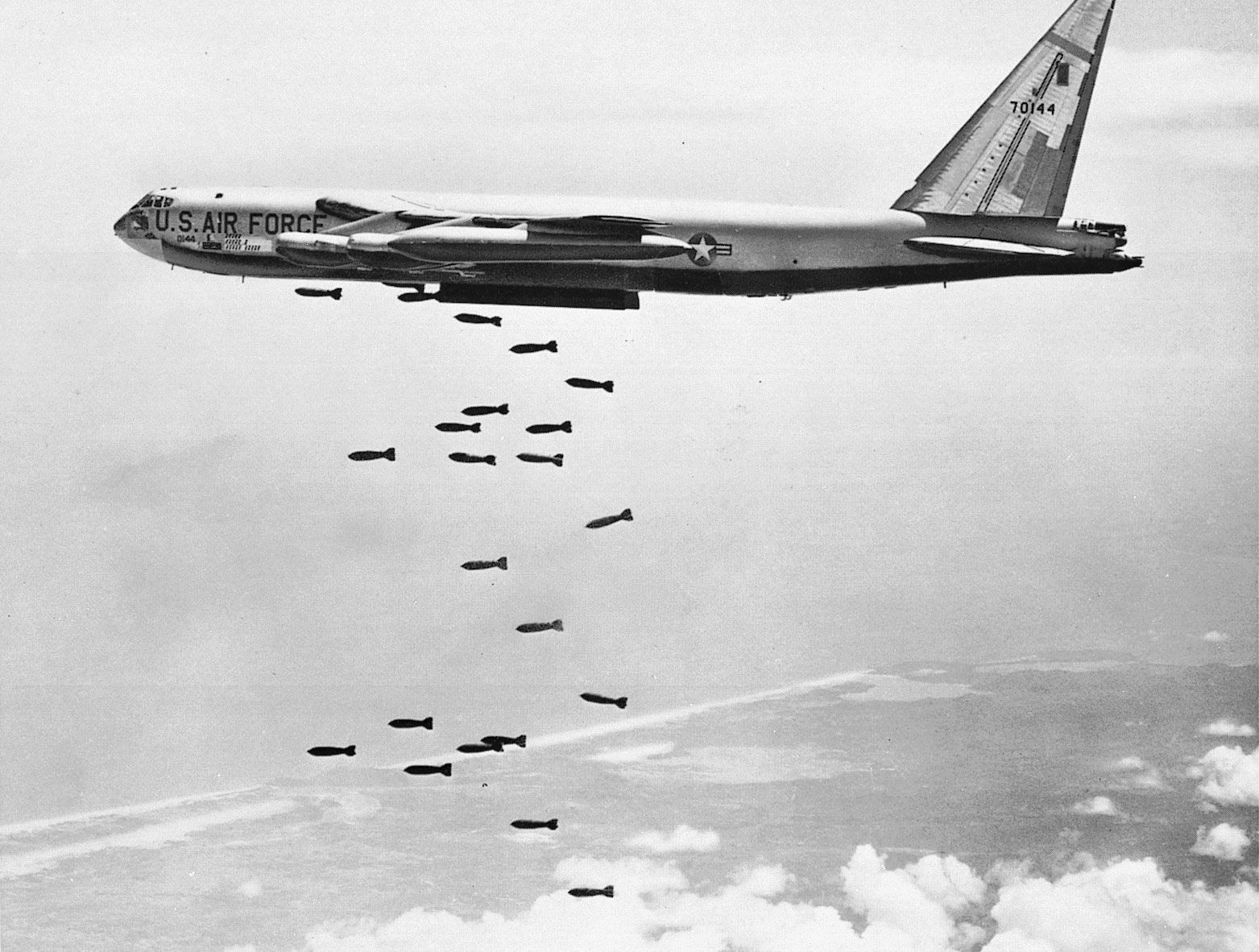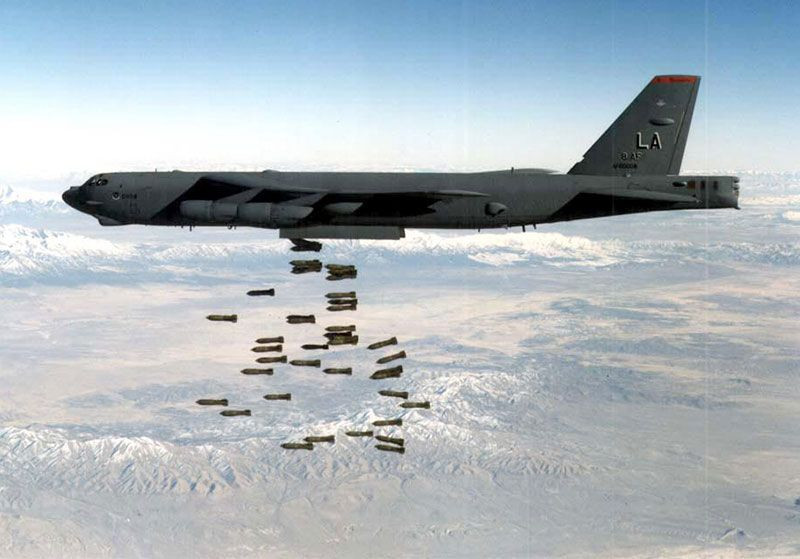The Boeing B-52 Stratofortress is an iconic aircraft, a symbol of American air power that has been in service for nearly seven decades. When considering this long-serving bomber, a common question arises: just How Fast Can A B-52 Fly? This article delves into the speed capabilities of this remarkable plane, exploring its velocity at different altitudes and the factors that influence its performance.
The B-52 Stratofortress, designed by Boeing in 1948 and first flown in 1952, was initially conceived as a long-range, high-altitude nuclear bomber capable of reaching the Soviet Union. Over the years, it has evolved and adapted to numerous roles, proving its versatility and enduring value in modern warfare. But despite its age, the B-52 remains a relevant and powerful aircraft.
Decoding the Speed of the B-52 Bomber
The B-52 is not designed for supersonic speeds like fighter jets, but it is surprisingly fast for its size and role as a heavy bomber. The maximum speed of a B-52 Stratofortress at an altitude of 55,000 feet (approximately 17,000 meters) is Mach 0.9. This translates to approximately 595 miles per hour (mph) or 960 kilometers per hour (km/h). At this high altitude, the thinner air allows the B-52 to achieve its top speed efficiently.
However, the speed of the B-52 changes when it operates at lower altitudes. When flying just a few hundred feet above the ground, the B-52 can reach a speed of Mach 0.5, which is about 375 mph or 600 km/h. The denser air at lower altitudes creates more drag, thus reducing the aircraft’s maximum speed. This variation in speed capability allows the B-52 to adapt to different mission requirements, from high-altitude strategic operations to lower-level tactical maneuvers.
 Boeing B-52 Stratofortress bombing Vietnam, alt text: A Boeing B-52 Stratofortress bomber releases a stream of bombs over Vietnam during the Vietnam War, showcasing its bombing capabilities.
Boeing B-52 Stratofortress bombing Vietnam, alt text: A Boeing B-52 Stratofortress bomber releases a stream of bombs over Vietnam during the Vietnam War, showcasing its bombing capabilities.
Factors Influencing the B-52’s Speed
Several factors contribute to the B-52’s speed capabilities. The aircraft is powered by eight jet engines, mounted in four twin pods beneath its expansive wings. Initially, earlier versions of the B-52 utilized turbojet engines. However, the B-52H variant, the only version still in service today, transitioned to more fuel-efficient turbofan engines. This engine upgrade not only enhanced fuel economy but also contributed to the aircraft’s overall performance, including its speed and range.
Altitude plays a critical role in determining the B-52’s airspeed. As mentioned earlier, the thinner air at higher altitudes allows for faster speeds due to reduced air resistance. Conversely, the denser air at lower altitudes slows the aircraft down. The weight and load of the B-52 also affect its speed. A heavily laden bomber carrying a full payload of bombs and fuel will naturally be slower than a lighter aircraft.
Beyond Speed: The Enduring Legacy of the B-52
While its speed is an important aspect of its operational capabilities, the B-52’s true strength lies in its versatility and longevity. Originally designed for nuclear deterrence, it has been adapted to carry conventional bombs, cruise missiles, and even serve as a launch platform for experimental aircraft like the X-15 and X-43. Nicknamed the “Big Ugly Fat Fellow” (BUFF), its massive airframe has allowed for continuous upgrades with advanced navigation, weapons control, and electronic warfare systems.
The B-52 has seen action in numerous conflicts, from the Vietnam War and the Persian Gulf War to more recent operations in Afghanistan, the Balkans, and against ISIS. Its ability to deliver massive firepower over long distances has made it a crucial asset in military operations around the globe. Even in the 21st century, the B-52 remains a vital component of the U.S. Air Force, with plans to keep it in service for decades to come.
 US Air Force B-52 Stratofortress dropping bombs during training, alt text: A U.S. Air Force B-52 Stratofortress releases a series of bombs during a training exercise, demonstrating its payload capacity and bombing accuracy.
US Air Force B-52 Stratofortress dropping bombs during training, alt text: A U.S. Air Force B-52 Stratofortress releases a series of bombs during a training exercise, demonstrating its payload capacity and bombing accuracy.
In conclusion, the B-52 Stratofortress can fly at a maximum speed of Mach 0.9 at high altitude and Mach 0.5 at low altitude. While not the fastest aircraft in the sky, its speed is more than adequate for its mission profile. Its enduring service and adaptability underscore its significance as a cornerstone of aerial warfare, proving that its value extends far beyond just how fast it can fly.